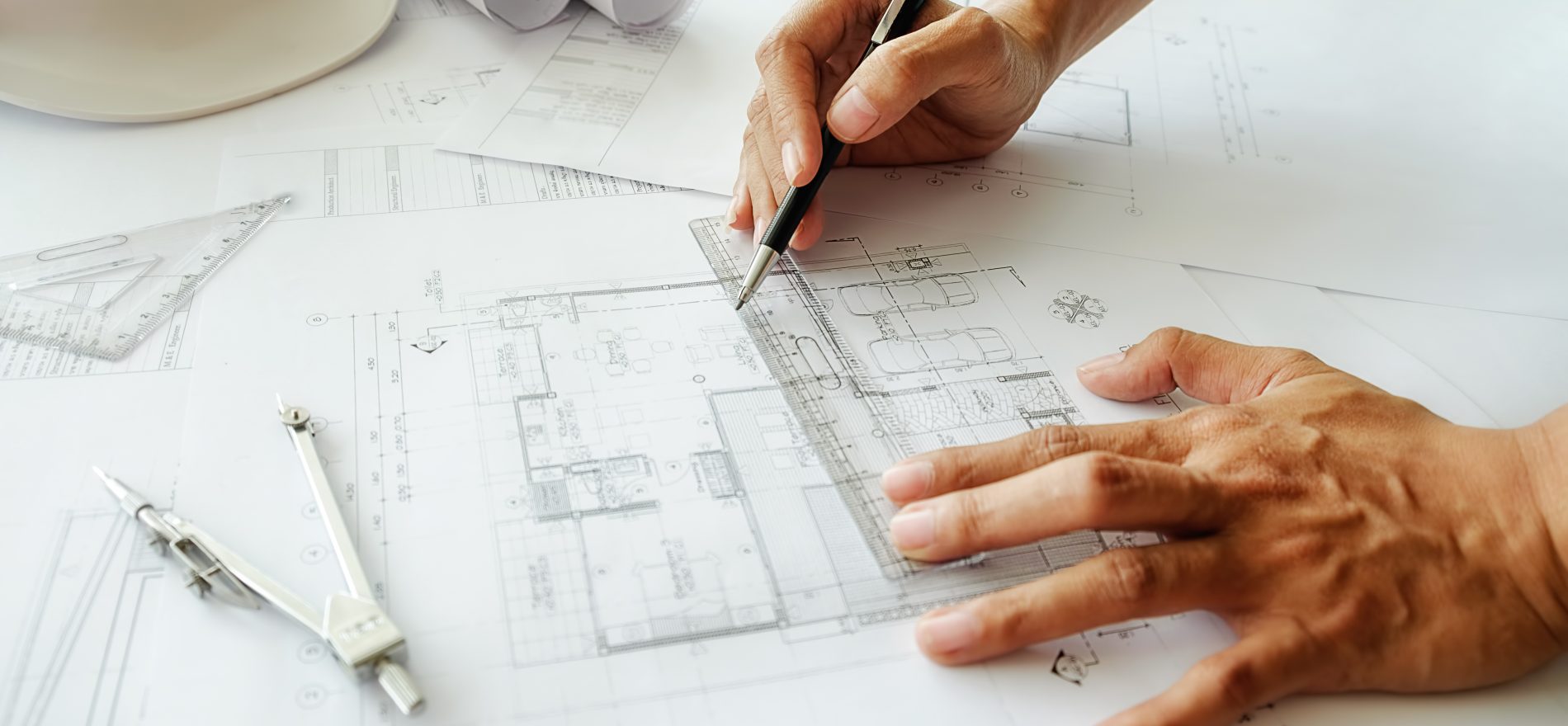Exploring the realm of sustainable interior design serves as a means to expand horizons and uphold its profound purpose, turning the vision of a more elevated way of life into a tangible reality. In a world often overshadowed by challenges, it’s crucial to remember that even small acts of goodwill can yield substantial benefits. Within the realm of interior design, there lies an opportunity to develop by doing a worthy interior design course and sustain eco-friendly practices, contributing collectively to the diverse tapestry of our world. This article delves into the realm of sustainability in interior design, shedding light on its applications and underscoring why it stands as a vital approach that architects must wholeheartedly embrace for a brighter, more sustainable tomorrow.
Table of Content
Sustainability in Interior Design: Why It Is Important?
What is Sustainability in Interior Design?
How to Implement Sustainability in Interior Design?
Principles of Sustainable Interior Design
What is Required to Become a Sustainable Interior Designer?
Choosing Sustainable Interior Design Materials
Improving Indoor Air Quality and Health
Why is Proper Ventilation Important in Interior Design?
What are the Benefits of Incorporating Natural Light into Interior Design?
Difference Between Green Design and Sustainable Design?
Green Design
Sustainable Design
Why is Sustainability in Interior Design Essential?
Conclusion
Sustainability in Interior Design: Why It Is Important?
An elevated quality of life, a space for relaxation, and the enjoyment of one’s efforts – these are the aspirations we all hold dear. To attain such a harmonious state, it is imperative to grasp the significance of sustainability in interior design. In our journey forward, two key elements that every interior designer should prioritize are environmentally friendly living and the utilization of homemade recycled items.
What is Sustainability in Interior Design?
Sustainability in design encompasses the integration of objects and materials guided by principles of both economic viability and ecological sustainability throughout the interior design process. It involves crafting spaces that are not only aesthetically pleasing but also environmentally responsible, taking into account the complete lifecycle of materials to mitigate adverse environmental effects. One way interior designers can promote sustainability is by opting for renewable, recyclable, and biodegradable materials. For instance, they might choose bamboo over hardwood for flooring, reducing the environmental footprint.
How to Implement Sustainability in Interior Design?
Implementing sustainability in interior design is not just a trend; it’s a conscious choice towards a better future. Here are some strategies to incorporate sustainability into your interior design projects:
- Material Selection: Choose materials with a low environmental impact. Opt for reclaimed wood, recycled metal, or sustainable cork for flooring and furniture. Look for certifications like FSC (Forest Stewardship Council) for wood products, which ensure responsible sourcing.
- Energy Efficiency: Design spaces with natural lighting in mind to reduce the need for artificial lighting during the day. Utilize energy-efficient appliances and fixtures to minimize electricity consumption. Consider incorporating solar panels or green roofs for renewable energy sources.
- Water Conservation: Install low-flow faucets, toilets, and showerheads to reduce water consumption. Collect rainwater for non-potable uses like watering plants. Design landscapes with drought-resistant native plants to minimize irrigation needs.
- Indoor Air Quality: Choose paints, adhesives, and finishes with low or zero volatile organic compounds (VOCs) to maintain healthy indoor air quality. Integrate natural ventilation systems to reduce reliance on air conditioning.
- Furniture and Decor: Look for furniture and decor made from recycled or upcycled materials. Vintage and second-hand pieces can add character to a space while reducing waste. Consider modular furniture that can adapt to changing needs, reducing the need for new purchases.
- Longevity: Design for longevity. Select durable materials and timeless design elements that won’t quickly go out of style, reducing the need for frequent renovations and replacements.
- Waste Reduction: Implement a waste management plan during construction and renovation to recycle or repurpose materials whenever possible. Donate usable items to local charities or organizations instead of sending them to landfills.
- Local Sourcing: Whenever feasible, source materials and products locally. This not only supports the local economy but also reduces the carbon footprint associated with transportation.
- Education and Awareness: Educate clients, contractors, and other stakeholders about the importance of sustainability in interior design. Encourage sustainable practices and choices throughout the project.
- Certifications: Consider pursuing certifications like LEED (Leadership in Energy and Environmental Design) for your projects. These certifications provide recognized standards for sustainable design and can enhance the marketability of your work.
Incorporating sustainability into interior design goes beyond aesthetics; it’s about creating spaces that promote well-being, conserve resources, and contribute to a healthier planet.
Principles of Sustainable Interior Design
Sustainable interior design is guided by a set of principles that prioritize environmental responsibility, human well-being, and resource efficiency. Here are some principles that form the foundation of sustainable interior design:
- Resource Efficiency: Optimize resource use to minimize waste and maximize durability.
- Biophilic Design: Incorporate nature-inspired elements for aesthetics and well-being.
- Adaptability: Design spaces that can adapt to changing needs, reducing renovations.
- Health and Well-being: Prioritize occupant health through safe materials and comfort.
- Energy Efficiency: Use energy-efficient systems and maximize natural light and ventilation.
- Local Sourcing: Source materials locally to support communities and reduce emissions.
- Upcycling: Transform existing materials creatively to reduce waste.
- Holistic Design: Consider the full lifecycle of materials for minimal environmental impact.
- Education: Educate stakeholders on sustainability benefits and involve them in decisions.
- Certifications: Follow recognized sustainability standards like LEED and WELL.
These principles serve as a roadmap for interior designers to create spaces that are not only visually appealing but also environmentally responsible and conducive to the well-being of those who inhabit them.
What is Required to Become a Sustainable Interior Designer?
Becoming a sustainability-focused interior designer involves several key steps. Start by getting a formal education in interior design, with a focus on sustainability. Consider certifications like LEED to boost your credibility.
- Build a strong foundation in sustainable design principles, including eco-friendly materials and energy-efficient systems. Gain practical experience by working on sustainable projects and collaborating with experienced professionals.
- Create a portfolio that showcases your commitment to sustainability. Network within the sustainable design community, attend industry events and join relevant associations.
- Stay updated on emerging sustainable technologies and design trends. Educate clients about the benefits of sustainable design and involve them in decision-making.
- Advocate for sustainable design practices, consider certifications or awards in sustainability, and make sustainability a core principle in your design philosophy.
Choosing Sustainable Interior Design Materials
Making mindful selections can have a significant impact. Here are some materials worth contemplating for your upcoming sustainable interior design project:
- Bamboo: Bamboo is a sustainable choice due to its rapid growth and renewability. It’s often used for flooring and furniture. Its strength and versatility make it a popular eco-friendly option.
- Restored Woods: Using restored or reclaimed wood from old structures or furniture prevents the need for cutting down new trees. It adds a unique character to interiors while reducing environmental impact.
- Natural Stones: Natural stones like granite and marble are durable and long-lasting. They can be responsibly sourced and are energy-efficient because they retain heat, reducing the need for additional heating in cold climates.
- Recycled Aluminium: Aluminium is lightweight, corrosion-resistant, and highly recyclable. Using recycled aluminum in interior design reduces energy consumption and lowers the carbon footprint.
- Energy Efficiency in Interior Design: Energy-efficient interior design involves optimizing lighting, heating, cooling, and ventilation systems to minimize energy consumption. This can be achieved through smart technology, efficient appliances, and sustainable architectural choices, contributing to a greener environment.
Improving Indoor Air Quality and Health
Sustainable interior design places a strong emphasis on utilizing non-toxic, low VOC (volatile organic compounds) materials, effectively minimizing the release of harmful chemicals into the air. Furthermore, the integration of natural materials such as wood and stone can enhance indoor air quality, fostering a healthier environment for occupants. Incorporating sustainable design principles can enhance the well-being of occupants by optimizing access to natural light and outdoor views, offering connections to nature, and designing spaces that encourage physical activity and mental wellness.
Why is Proper Ventilation Important in Interior Design?
Proper ventilation is a critical aspect of interior design for several reasons. Firstly, it ensures the circulation of fresh air, which is essential for maintaining a healthy indoor environment. Good ventilation helps remove indoor air pollutants and prevents the buildup of odors, creating a more pleasant living or working space.
Additionally, ventilation plays a key role in regulating temperature and humidity levels. Effective airflow can help control excess heat, ensuring that interior spaces remain comfortable year-round. It also prevents issues like mold growth, which can thrive in damp, poorly ventilated areas. Furthermore, proper ventilation contributes to energy efficiency. By allowing for natural cooling and reducing the need for mechanical cooling systems, it helps lower energy consumption and utility costs.
What are the Benefits of Incorporating Natural Light into Interior Design?
A burgeoning trend focused on enhancing and managing people’s moods is light therapy, also known as phototherapy. This therapeutic approach is employed to address conditions like Major Depressive Disorder (MDD) and seasonal depression through regular exposure to either direct sunlight or artificial lights designed to replicate natural sunlight.
Consider utilizing a light box designed to emit a yellowish hue, mimicking the qualities of natural light:
- Natural sunlight plays a pivotal role in regulating the brain’s cycles by resetting the circadian rhythm, a field of study known as chronobiology.
- Sunlight exposure triggers the release of serotonin, a neurotransmitter essential for establishing healthy sleep patterns and mood stability.
- It also aids in enhancing attention span and overall alertness.
Difference Between Green Design and Sustainable Design?
Green Design
Green design is focused on reducing electricity consumption, minimizing the ecological impact of household appliances, and employing sustainable building materials, notably cement, to foster an energy-efficient infrastructure. Its core mission is to decrease the environmental footprint, making sustainability an indispensable aspect of interior design.
Sustainable Design
Sustainable design primarily concerns the building itself, emphasizing the use of recyclable materials like stone and glass to create durable, functional structures. In contemporary interior design, technology such as Building Information Modeling (BIM) and Augmented Reality (AR) aids in achieving sustainable designs, especially in large-scale projects. AR collaboration tools for architects enhance real-time visualization, facilitating precise design processes and promoting the adoption of eco-friendly materials.
Why is Sustainability in Interior Design Essential?
Embracing sustainability in interior design is a choice that reflects responsibility and foresight. Why settle for mediocrity when you can enjoy a more magnificent way of life? Recognizing our individual roles and taking proactive steps not only brings joy but also nourishes the soul. We have an obligation to ourselves and future generations to prioritize sustainability in interior design. Where there’s a will, there’s a way. We have the opportunity to make amends and choose the right path. Gather your loved ones in the comfort of your sustainable home and let the warmth of antiquity fill your hearts as you recount how you made this world a better place.
Conclusion
Visualize the wide-open space, transform it into your own, and establish your presence on the lush landscapes. Share your insights with friends and discover endless possibilities for a healthier way of life. Take a leap beyond technology and urban living. Embrace the natural world as you venture outside, break free from your routine, and explore new horizons. You might just discover a delightful and eco-friendly surprise that awaits, perhaps even a sustainable interior design course to further your eco-conscious journey.
























